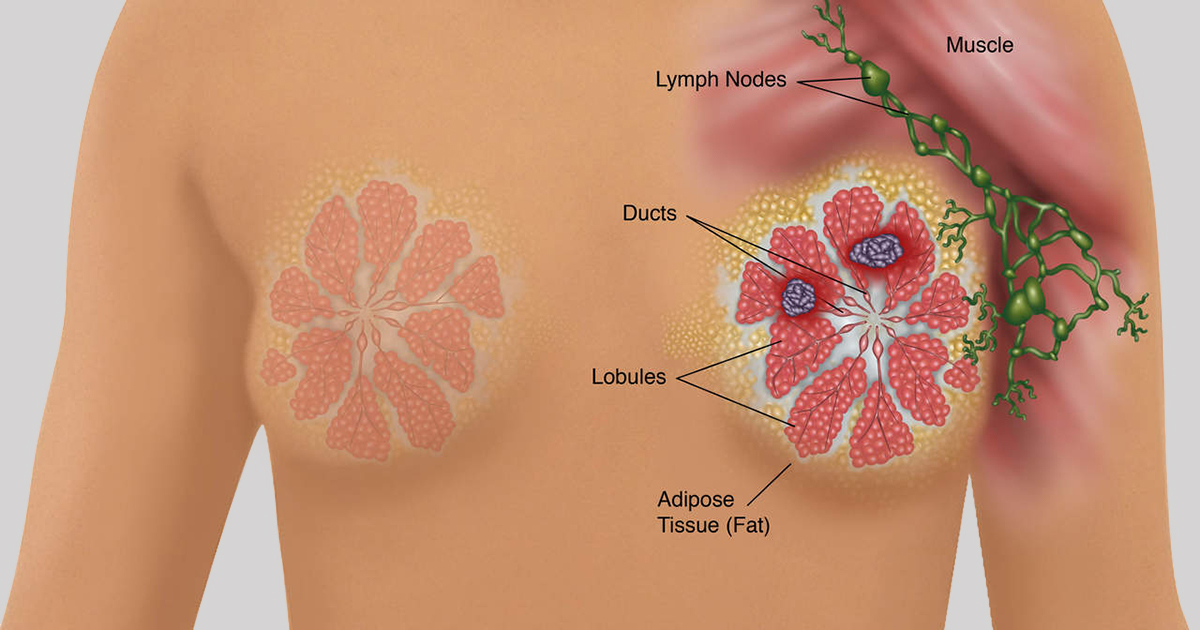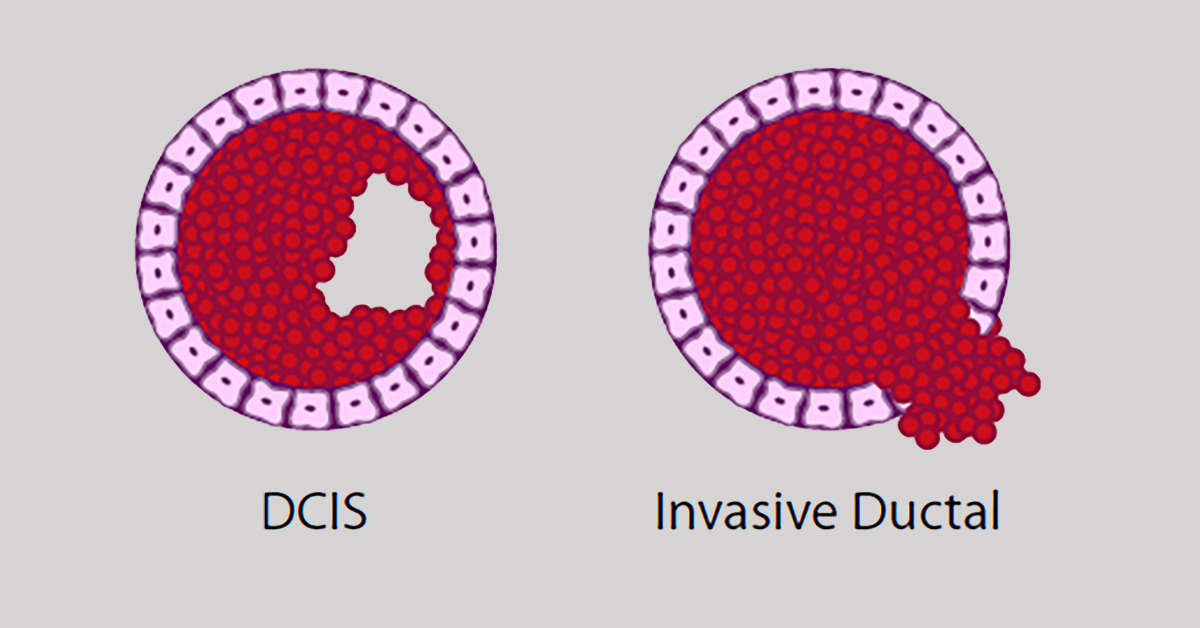The Different Types of Breast Cancer, Explained
Breast cancer is a type of cancer that forms in the breast tissues and is regarded as the most common type of cancer in women. Although it is one of the most studied, the causes have not been fully known, but the risk factors are identified. Some of the risk factors include obesity, lack of exercises, family history, and age. It occurs in both women and men but is far more common in women.
In the United States alone, about twelve percent of women develop breast cancer in their lifetime. The first warning sign is usually a lump or thickening in the breast that differs from the surrounding tissues. Other symptoms include a change in breast shape, inverted nipple, and dimpling. However, the symptoms vary from person to person.
In Situ Breast Cancers

Ductal carcinoma in situ (DCIS) is the main type of in situ breast cancers. The DCIS is non-invasive breast cancer that occurs in the milk ducts, and the cells have not spread to other tissues of the breast. DCIS is treatable when identified early, though it increases the risk of developing invasive cancer. There is a possibility DCIS can reoccur after treatment, but the chances are below thirty percent. Those who have had a lumpectomy without radiation therapy have a high likelihood of having a reoccurrence. Studies have shown the therapy significantly reduces risks of reoccurrence. The American Cancer Society indicates there are over sixty thousand cases of DCIS diagnosed annually.
Although lobular carcinoma in situ (LCIS) is not considered cancer, it is a condition where abnormal cells develop in the milk glands and increase the risk of invasive breast cancer. In most cases, it is discovered by biopsy because it does not show any symptoms or on the mammogram. Paget disease is not common and mostly affects the nipple. It first affects the ducts of the nipple before spreading on the surface around the nipple. Some of the symptoms include itchy and inflamed skin, discharge, burning sensation, and inversion of the nipple. According to the National Cancer Institute, Paget disease is only responsible for one to four percent of breast cancer cases.
Invasive Breast Cancers

Invasive breast cancers mean the cancerous cells have migrated to other parts of the breast or the body. Two main categories of invasive breast cancers are invasive ductal carcinoma (IDC) and invasive lobular carcinoma (ILC). They are the most common types of breast cancers and account for about eighty percent of all cases. The American Cancer Society indicates over one hundred and eight women are diagnosed with invasive breast cancer annually.
IDC is the most common invasive breast cancer and mostly affects older women. However, it can affect women of any age and can affect men as well. The American Cancer Society reports the majority of the women who have been diagnosed with the cancer are over fifty-five years old. ILC accounts for about ten percent of invasive breast cancer. It occurs in the lobule and spreads to other breast and body tissues. Unlike other types of cancer, it does not cause a lump and is therefore hard to detect. However, it can be identified through a mammogram, ultrasound, MRI, or biopsy. ILC occurs later than IDC, especially after sixty years.
